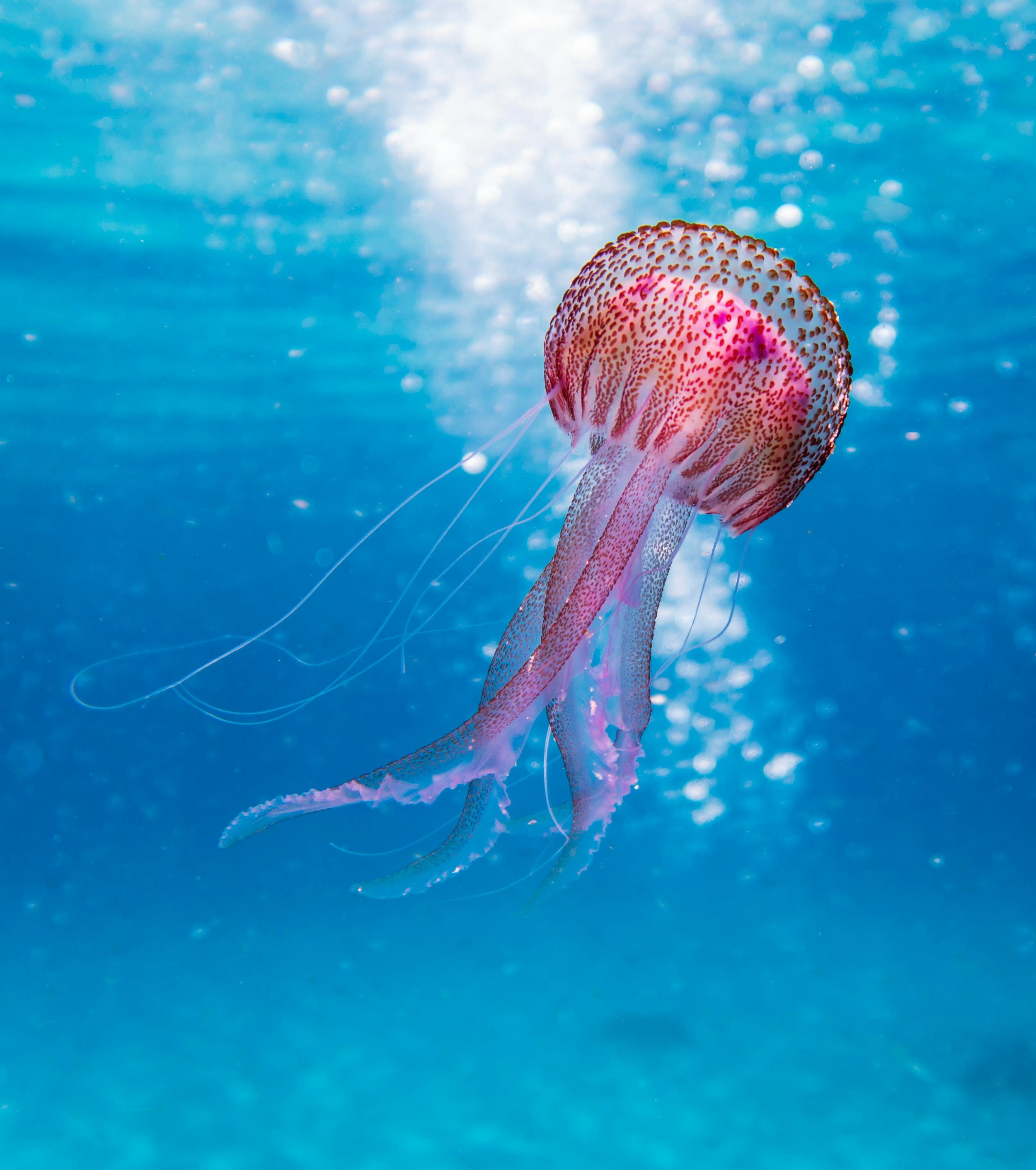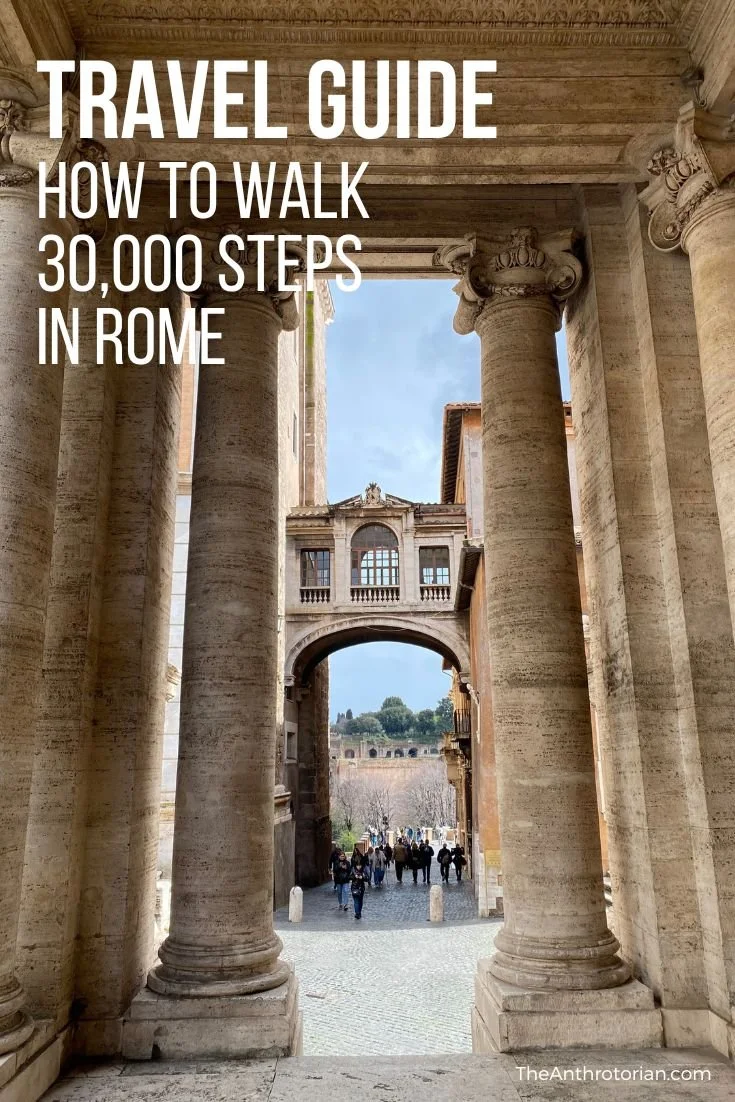I’ll never forget my first deep-water dive.
We had spent a few days in a classroom, reading the PADI certification book, going nowhere near water. When we were finally able to get into the ocean with our equipment, it was shallow water only, while we got used to breathing through a regulator with a heavy oxygen tank strapped to our backs.
We also practiced what would happen if our regulator got pulled out of our mouths, or we lost our masks. While life-saving tests, especially if you are deep and not just in a couple of meters of water, they were, by far, the worst part of the learning process.
After passing the shallow water tests, and a written test, we were ready to pile ourselves, and all of our equipment, into a boat and head to a reef just off the coast of Koh Tao, Thailand.
It was time for our first deep-water dive.
After squeezing into a wetsuit, adding a weight belt, air tank, mask, and all the other diving equipment, my fellow trainees and I lined the side of the boat, sitting backward, waiting to drop into the water.
Our instructor gave us a countdown, and one by one we pressed our masks against our faces, regulators in, and hit the water.
We had already talked through the plan for this dive, so we knew to find our buddy, throw the “okay” sign, and then meet at the boat’s anchor chain. We would use the chain to work our way to depth.
It was at our first stop to decompression stop that I panicked.
Yup. Full. On. Panicked
I was holding on to the anchor chain and it suddenly hit me where I was — surrounded by water, breathing into a tube, my nose covered by a mask, going down into a world that (at that point) I couldn’t see or even picture, and I started to lose it.
My heart rate spiked, I was breathing too fast, my sight starting to blur… then I made eye contact with my instructor.
She looked me in the eye, put her hand on her chest, and took a deep breath, motioning at me to do the same. I kept eye contact with her as I took a deep, steadying breath, and then another. Slowly, I felt myself calm down.
After a few more minutes, I flashed the “okay” sign and continued my descent into a world of alien-looking coral and schools of curious neon fish that would make me fall in love with scuba diving and the mysterious world under the waves.
In order to get a PADI certification, you need to take a 3-5 day course that is a combo of classroom and in-the-water training. Most dive shops will not rent equipment to you, or take you out on dive tours unless you have at least the basic PADI training.
Here are ten of the best spots in the world to learn to scuba dive.
Great Barrier Reef, Australia
Why It's the Best: The Great Barrier Reef is the largest coral reef system on earth, offering a diverse underwater world with vibrant coral formations and an abundance of marine life. Cairns and Port Douglas are popular gateways for beginner-friendly dive sites.
Dive Schools: Pro Dive Cairns, Scuba IQ
Red Sea, Egypt
Why It's the Best: The Red Sea is renowned for its crystal-clear waters, excellent visibility, and diverse marine life. Sharm El Sheikh and Hurghada are popular starting points, with calm conditions and colorful coral reefs perfect for beginners.
Dive Schools: Reef Oasis Dive Club, Diving in Hurghada
Koh Tao, Thailand
Why It's the Best: Koh Tao is a renowned destination for scuba diving training, offering arguably the most affordable courses in the world, warm waters, and a variety of dive sites ideal for first-timers. The island has a relaxed atmosphere and the water is known for its clear visibility — this is where I learned to dive!
Dive School: Koh Tao Divers
Maui, Hawaii, USA
Why It's the Best: Maui's warm waters and calm conditions make it an excellent location for beginner divers. The Molokini Crater offers a unique crescent-shaped underwater sanctuary, providing a safe and exciting learning environment. There are also a lot of curious turtles in the water, so you are almost guarenteed to come across sea turtles in your training dives!
Dive School: Maui Dive Shop
Belize Barrier Reef, Belize
Why It's the Best: The Belize Barrier Reef is a UNESCO World Heritage site known for its stunning coral formations and diverse marine life like turtles, manatees, and dolphins. Ambergris Caye and Caye Caulker are popular spots for beginners.
Dive School: Belize Dive Haven
Maldives
Why It's the Best: The Maldives offers a paradise for underwater enthusiasts, with clear turquoise waters, vibrant coral atolls, and stunning tropical fish. Most of the resorts in the Maldives provide excellent facilities for beginner divers.
Dive School: Dive Maldives
Galápagos Islands, Ecuador
Why It's the Best: The Galápagos Islands offer a unique underwater experience with encounters with playful sea lions, marine iguanas, and many other species — these islands inspired Charles Darwin for a reason! Trips that involve both sleeping and training on the dive boat are popular, providing access to various dive sites.
Dive School: Galápagos Sky
Komodo Island, Indonesia
Why It's the Best: Komodo National Park is a UNESCO World Heritage site known for its biodiversity and strong currents. While some areas are more suitable for advanced divers, there are sheltered sites ideal for beginners to learn and experience vibrant coral reefs.
Dive School: Dive Komodo
Cozumel, Mexico
Why It's the Best: Cozumel offers excellent visibility, calm waters, and an array of dive sites along its coral reefs. The Palancar Reef is a popular spot for beginner divers.
Dive School: Scuba Tony
Sipadan Island, Malaysia
Why It's the Best: Sipadan is known for its stunning underwater landscapes, including drop-offs and diverse marine species. While the currents can be strong, there are sheltered areas suitable for beginners, providing a chance to see turtles and schools of fish.
Dive School: Seaventures Dive Rig
For more diving spots to get PADI certified, check out the PADI website here.
Pin Me!
Meet The Author
Lindsay Shapka is an avid traveler and the creator of The Anthrotorian — a website dedicated to sharing travel tips, stories about adventures, culture quirks, artists you should know, fascinating bits of history, and more!
She is also an artist, marketing specialist, editor, and freelance writer who has work featured on websites, blogs, and in magazines like National Geographic Traveler.

















If the last few years of travel has taught us anything, it is that airports are busier than ever, and both they, and the airlines, are struggling to keep up with the demand.
Throughout the recent summer and holiday seasons, we were bombarded with images and videos of stacks of lost luggage left in airports all over the world. If you are anything like me, it has made checking a bag seem like a risk that I am not willing to take — especially if I am going for a short trip and don’t want to be without my clothing, etc. for even a day.